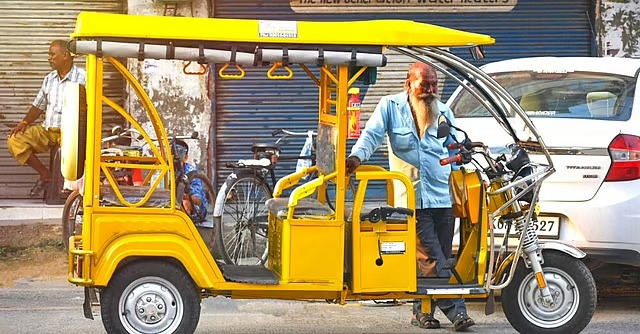@JUDGMENTTAG-ORDER
T.C. Shrivastava, J.@mdashThis is a petition for revision by the plaintiff against the order of the lower appellate Court, dated 21-3-1959, by which the suit has been dismissed on a preliminary point.
2. The plaintiff had filed the present suit naming "Seth Nihalchand Champalal "as defendant. It was found that Seth Nihalchand Champalal was dead before the suit was filed. The summons was served on Shantilal, who is the son of Seth Nihalchand. He objected to the maintainability of the suit on the ground that it was instituted against a dead defendant and the plaintiff then applied for amendment of the plaint under Order 30, Rule 10, Civil Procedure Code, stating that it was a firm name and Shantilal was dealing in that name The amendment was allowed. Later, Shantilal again objected to the plaint as amended and the trial Court dismissed the suit as it was not validly instituted. The lower appellate Court has confirmed the dismissal of the suit.
3. Shri S. L. Garg for the non-applicant relied upon the decision in
"If the sole plaintiff or all the plaintiffs instituting a suit is or are dead; the plaint is one that is presented by a dead person or persons. The institution of the suit therefore is void and is of no effect. No question of mistake or misdescription of party is involved in such a case so as to attract the application of Order 1, Rule 10."
The learned Judge then went on to explain that there could be no exceptional cases in which a dead person may be noted as a plaintiff under any circumstances which may clearly indicate that by a bona fide mistake the real intention of filing the suit in the name of a living person has not been carried out. I conclude from this decision that a suit which is filed in the name of a dead plaintiff or is filed against a dead defendant is a nullity from the very start and order 1, rule 10, has no application to the case except in very exceptional circumstances.
4. The plaint, however, is not material to the present case. The application filed by the plaintiff for amendment was not under Order 1, rule 10, but under order 30, rule 10, which is as follow:-
''''Any person carrying on business in a name or style other than his own name may be sued in such name or style as if it were :a firm name; and, so far as the nature of the case will permit, all rules under this order shall apply,"
It is clear from the wordings of this rule that a single person may carry on business under an assumed name and he may be sued in that assumed name in spite of the fact that he does not constitute a firm. The plaintiff in the present case had alleged that the defendant Shantilal was carrying on business in the name of the firm ''Seth Nihalchand Champalal'' and it was under that name that he had entered into the contract leading to the suit. These allegations have not been inquired into. Really, the question of allowing the amendment will depend upon the question of fact whether Shantilal is carrying on business in an assumed name and the contract was entered into in that name.
5. Shri Garg has cited before me
6. The Courts below were, therefore, in error in rejecting the application for amendment and dismissing the suit.
7. In the result, the petition for revision is allowed, the order of those Curts below is set aside and the case is remanded to the trial Court for a fresh decision on the question whether the plaintiff should be allowed to amend his plaint. A preliminary issue on the points raised in support of the amendment and against it shall be framed and an opportunity shall be given to the parties to adduce evidence before deciding the preliminary issue. Costs of this revision shall be borne as incurred.

